Welcome to Episode 86 where we introduce the use of the Past Progressive verb Tense. We also learn more about the ruins at Poverty Point in Louisiana. Additionally, we take look at rock Art in our video Messages on Stone.

Viewing Episode 86
Ramping Up your English Episode 86 is available from archive.org. It’s free to watch and to download. Click here to see Episode 86. If the episode is slow to download, try my You Tube channel. Click here to see Episode 86 there. You may see ads.
Viewing in Segments
If you prefer to view during shorter segments, you’ll want to select the segments listed below. Most segments are about 10 minutes or less in length.
Click here to view Segment One. This segment includes a video of Poverty Point mound site.
View Segment 2, where we demonstrate use of the Past Progressive verb tense
Episode 86 Overview
In this episode, we reinforce our previous content with a segment of video about the Poverty Point World Cultural Site and U.S. National Monument. The segment we review is from Ambrose Productions – a larger work about National Monuments in the South. If you want to see the entire work….Here’s the link to the National Monuments video on You Tube.
These educational movies teach about Russell Cave in Alabama and the Ocmulgee Mounds National Historical Park in Georgia. I recommend viewing them for greater understanding of the content in this unit, plus viewing them will give you a chance to informally assess you listening comprehension level.
Link to Videos used in this Episode
While we used part of the above video in this episode, Ramping Up your English also produced a video about petroglyphs and other rock art. Click here to watch that video. It’s posted on You Tube. For the same video without ads, click here to go to Archive.org. You can also download it from this site.
External Links
If you’re an educator, you’ll find numerous educational videos of high quality from Ambrose. In my opinion, they do some great work. Here’s a link to their website…Click here. To see videos by other producers, click Here for a program from Louisiana Public Broadcasting featuring Poverty Point with mention of Watson Brake.
In Alabama, Russel Cave contains objects left behind by early Americans who used them thousands of years ago. The following link takes you to the Russell Cave National Monument page.
Click Here for the Russell Cave National Monument website from the National Park Service.
Our next episode will feature the Mississippian site of Cahokia. For a sneak preview of this greatest of cities for its time, watch the WTVP production by clicking here.
Language Objectives
Use the Past Progressive Verb Tense to comprehend and communicate events and actions from the past in relation to situations or events that are also in the past.
Form the Past Progressive Tense of verbs to communicate past events, actions, and/or situations.
Form the Past Progressive tense of verbs that require the doubling of their terminal letter. Form Past Progressive tense of verbs ending in the letter e.
Academic Content Objectives
Give three examples of Earthen Mound cities in the Eastern United States.
Explain the distinction between Hopewell and Mississippian cities.
Explain why Poverty Point is considered a Hopewell site and not a Mississippian site.
Define the term petroglyph. List the types of figures commonly found in rock art. Distinguish between rock art that was produced prior to contact with Europeans and that which was produced after contact.
Materials Used in this Episode
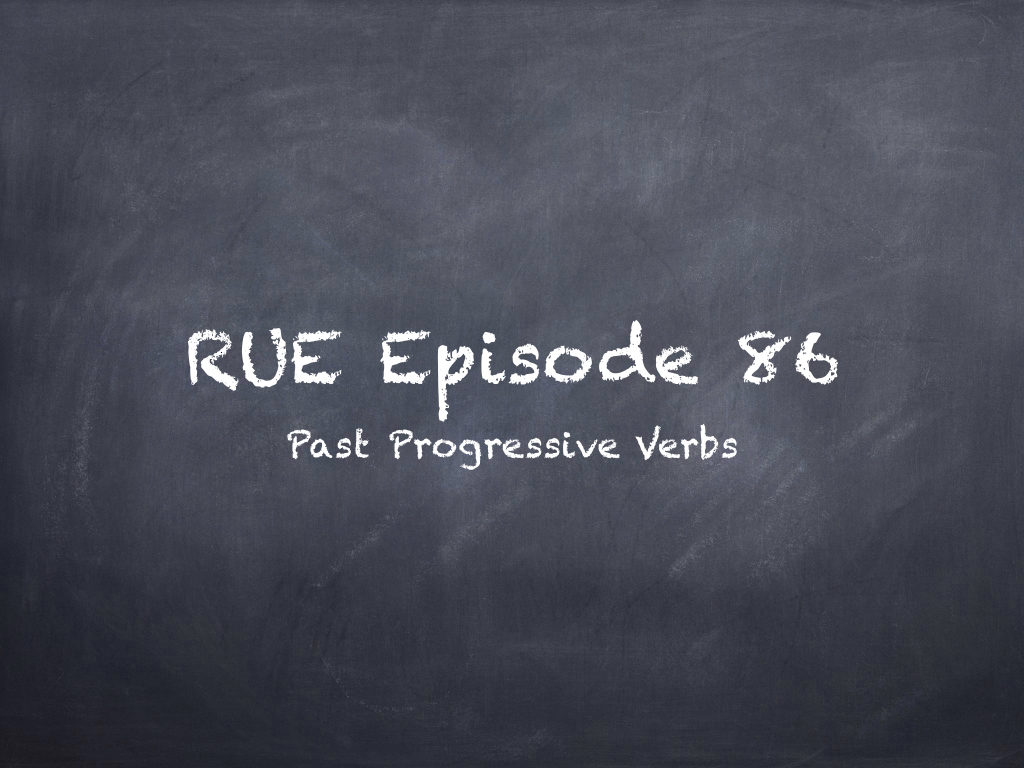
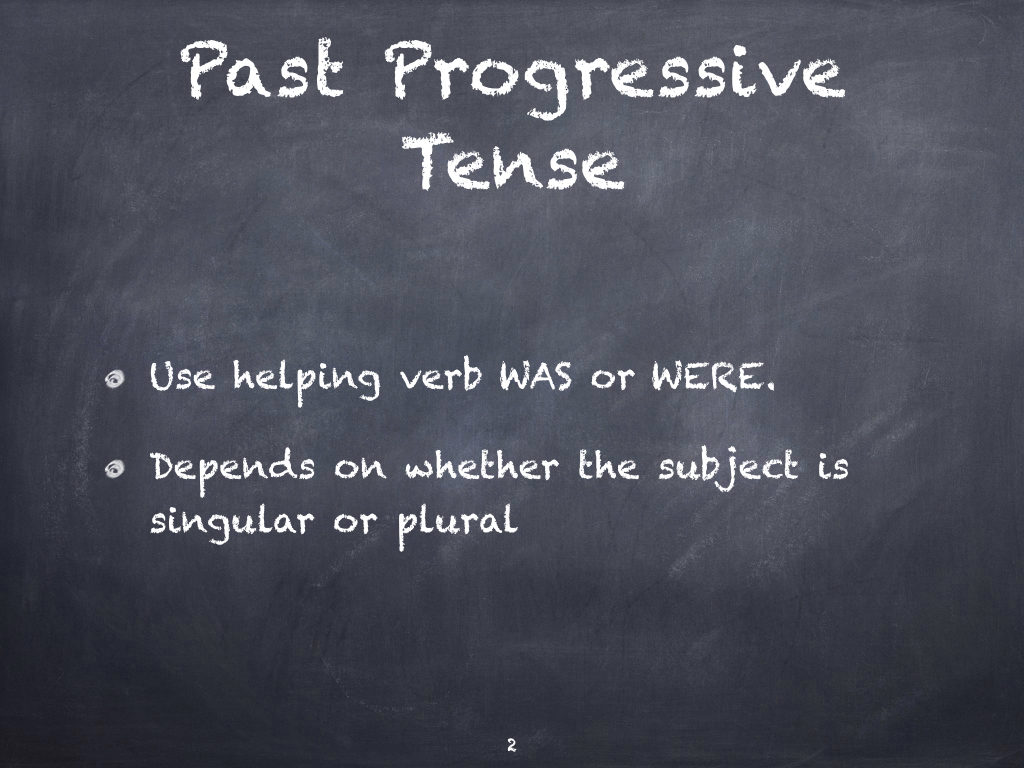
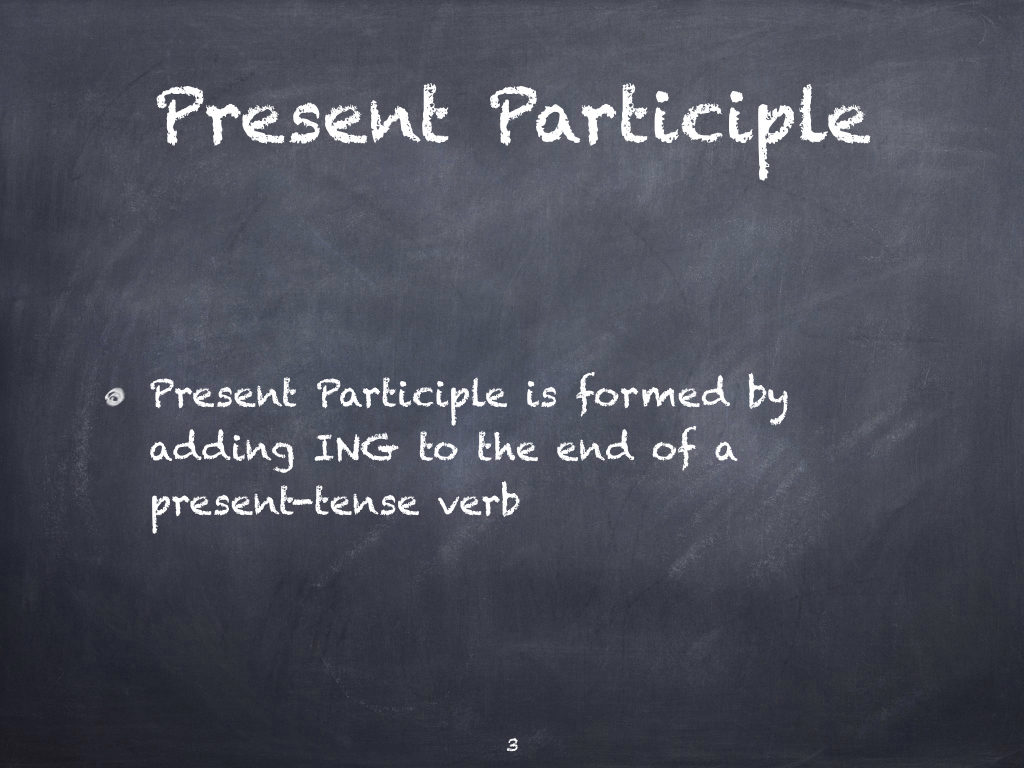
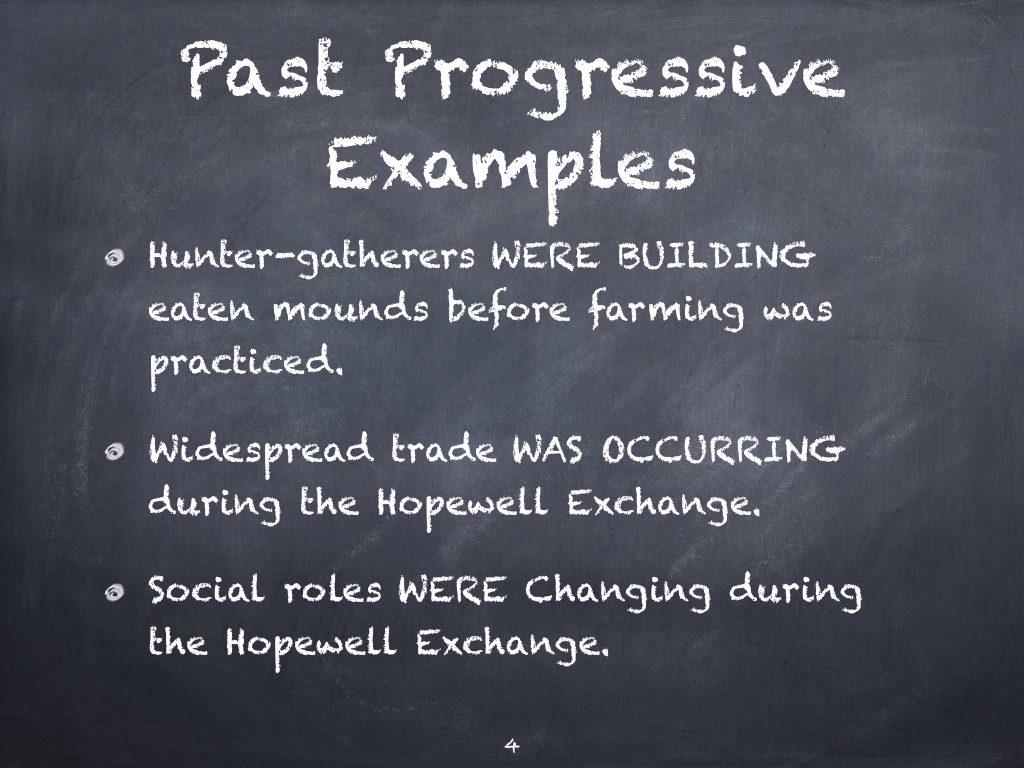

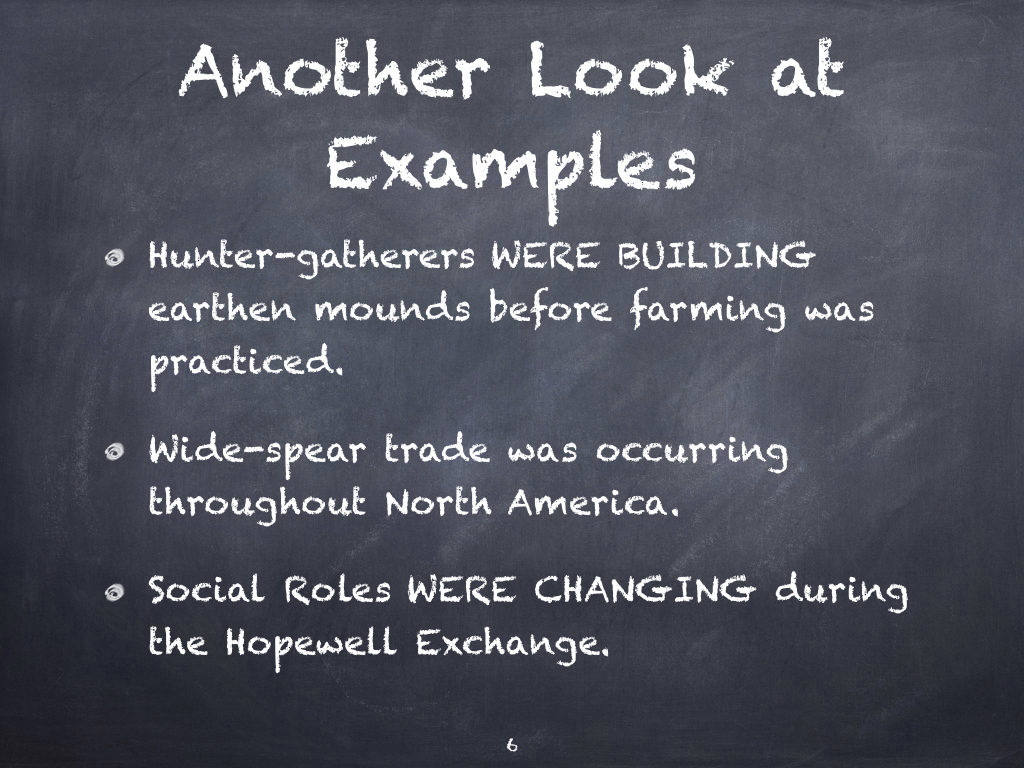

The Next Episode
If you want to visit the Episode 87 page, click here.